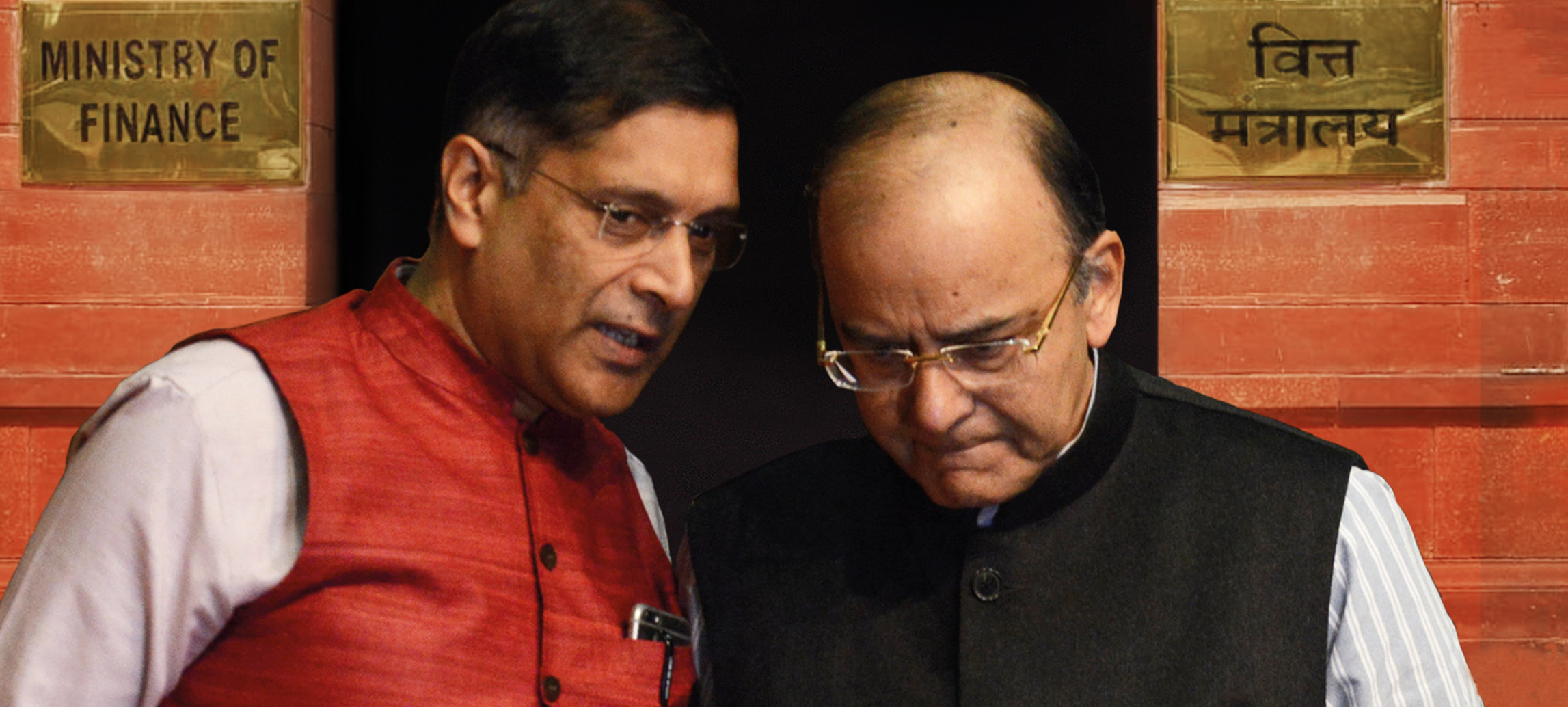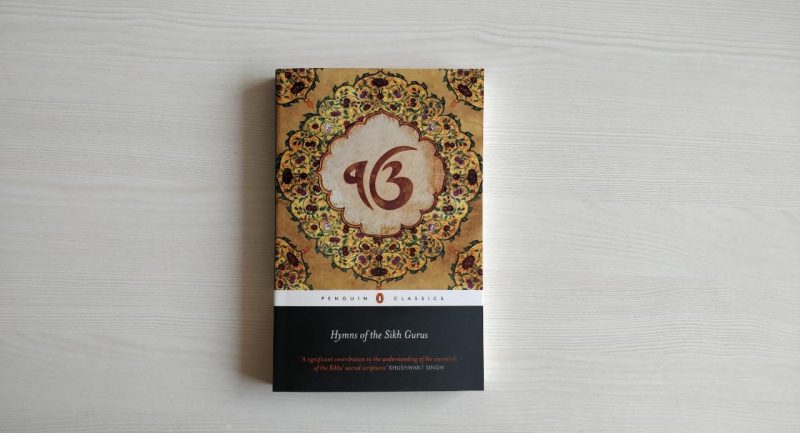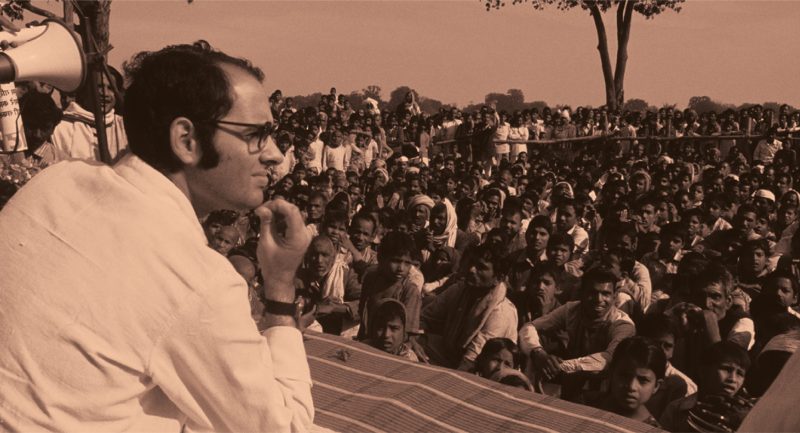
In his book Of Counsel: The Challenges of the Modi–Jaitley Economy, Arvind Subramanian provides an inside account of his rollercoaster journey as the chief economic advisor to the Government of India from 2014–18. Subramanian’s trusteeship saw the country through one of the most hotly contested and turbulent periods of economic governance and policymaking in recent decades, including the controversial recall of 85 per cent of circulated currency during demonetization.
In a chapter titled The Two Puzzles of Demonetization, he lays out his hypothesis on the political and economic puzzles of demonetization as a post facto analysis based on publicly known facts.
Puzzle 1: Why was demonetization so popular politically if it imposed economic costs? Specifically, why did demonetization turn out to be an electoral vote winner in the short-term (in the Uttar Pradesh elections of early 2017) if it imposed so much hardship on so many people?
Puzzle 2: Why didn’t the draconian 86 per cent reduction in the cash supply have bigger effects on overall economic growth? To put this more provocatively, the question was not whether demonetization imposed costs—it clearly did—but why it did not impose much greater costs?
Here is an excerpt of the second puzzle.
Why didn’t the draconian 86 per cent reduction in the cash supply have bigger effects on overall economic growth? To put this more provocatively, the question was not whether demonetization imposed costs—it clearly did—but why did it not impose much greater costs?
Demonetization was a massive, draconian, monetary shock: in one fell swoop 86 per cent of the currency in circulation was withdrawn. Figure 1 shows that real GDP growth was clearly affected by demonetization. Growth had been slowing even before, but after demonetization the slide accelerated. In the six quarters before demonetization growth averaged 8 per cent and in the seven quarters after, it averaged about 6.8 per cent (with a four-quarter window, the relevant numbers are 8.1 per cent before and 6.2 per cent after).

I don’t think anyone disputes that demonetization slowed growth. Rather, the debate has been about the size of the effect, whether it was 2 percentage points, or much less. After all, many other factors affected growth in this period, especially higher real interest rates, GST implementation and rising oil prices.
I do not have a strongly backed empirical view apart from the fact that the welfare costs especially on the informal sector were substantial.
As a monetary economist, though, what is striking is how small the effect was compared to the magnitude of the shock. There are many ways of seeing this. Figure 2 compares what happened to cash with what happened to nominal GDP. It is a stunning picture. Prior to demonetization, cash and GDP move closely together. Then, currency collapses and recovers (the dotted line), but through all of this, the economy seems to have been chugging along almost unmindful of the currency in circulation. You have to squint to see any downward movement of the solid black line (for nominal GDP) after demonetization: in fact, there isn’t, and all the downward blips reflect seasonality, which leads to a lower level of activity in the first (April–June) quarter every year.

What could possibly explain this apparent resilience? A number of hypotheses need to be considered. First and foremost, it could simply be an artefact of the way that GDP numbers are created. In India, there are no timely measures of informal sector activity, so it is proxied by formal sector indicators. Normally, this is not a problem, since the two move in tandem. But when a shock like demonetization occurs that primarily affects the informal sector, relying on formal indicators to measure overall activity will overstate GDP.
This hypothesis goes only a small way towards explaining the puzzle, since any squeeze in informal sector incomes would depress demand in the formal sector, and this effect should have been sizable.
As a result, we need to search for other explanations. One possibility is that people found ways around the note ban, for example by continuing to use the Rs 500 note even after its use had been formally banned, so the currency shock wasn’t actually as big as conventionally measured. Another possibility is that production was sustained by extending informal credit: people simply agreed to pay their bills as soon as currency became available. Finally, to a certain extent, people may have shifted from using cash to paying by electronic means, such as debit cards and electronic wallets.
Or, there may be other, completely different explanations that have eluded my understanding of demonetization, one of the unlikeliest economic experiments in modern Indian history.
 Recognized as one of the Top 100 Global Thinkers according to Foreign Policy magazine, Arvind Subramanian’s Of Counsel: The Challenges of the Modi-Jaitley Economy is a deep-dive into the man, the moments, the measures and the means
Recognized as one of the Top 100 Global Thinkers according to Foreign Policy magazine, Arvind Subramanian’s Of Counsel: The Challenges of the Modi-Jaitley Economy is a deep-dive into the man, the moments, the measures and the means









